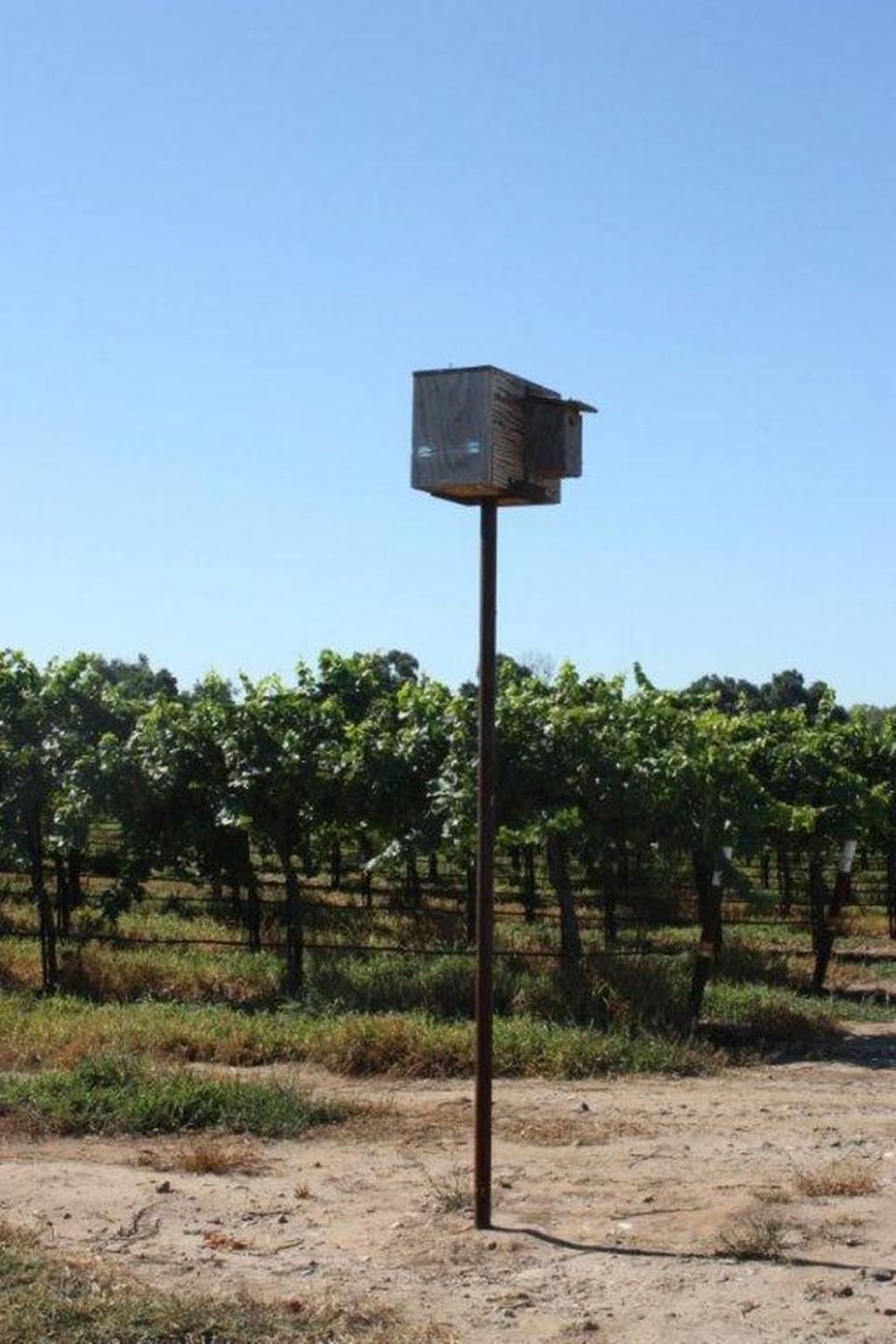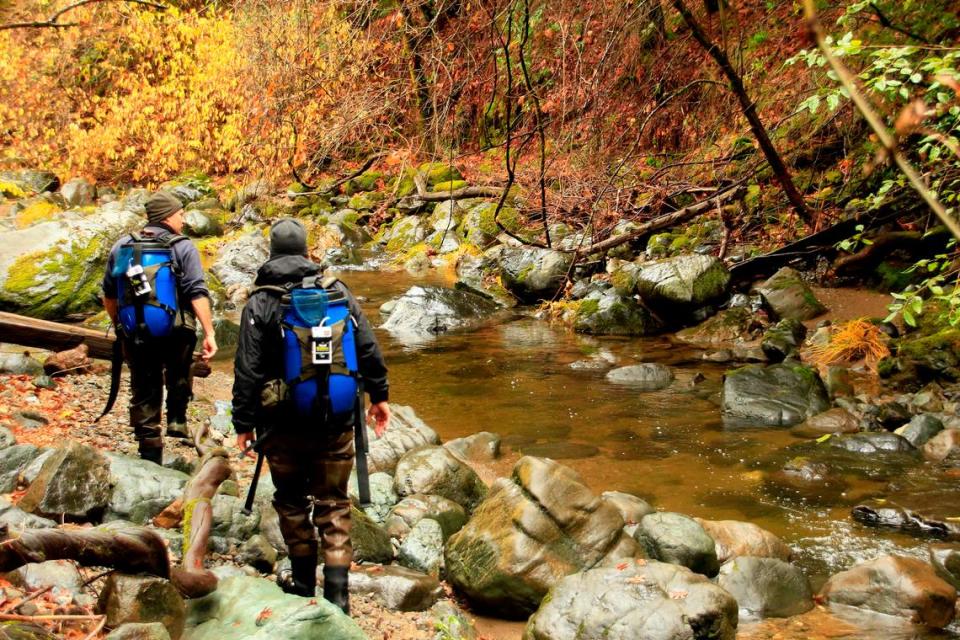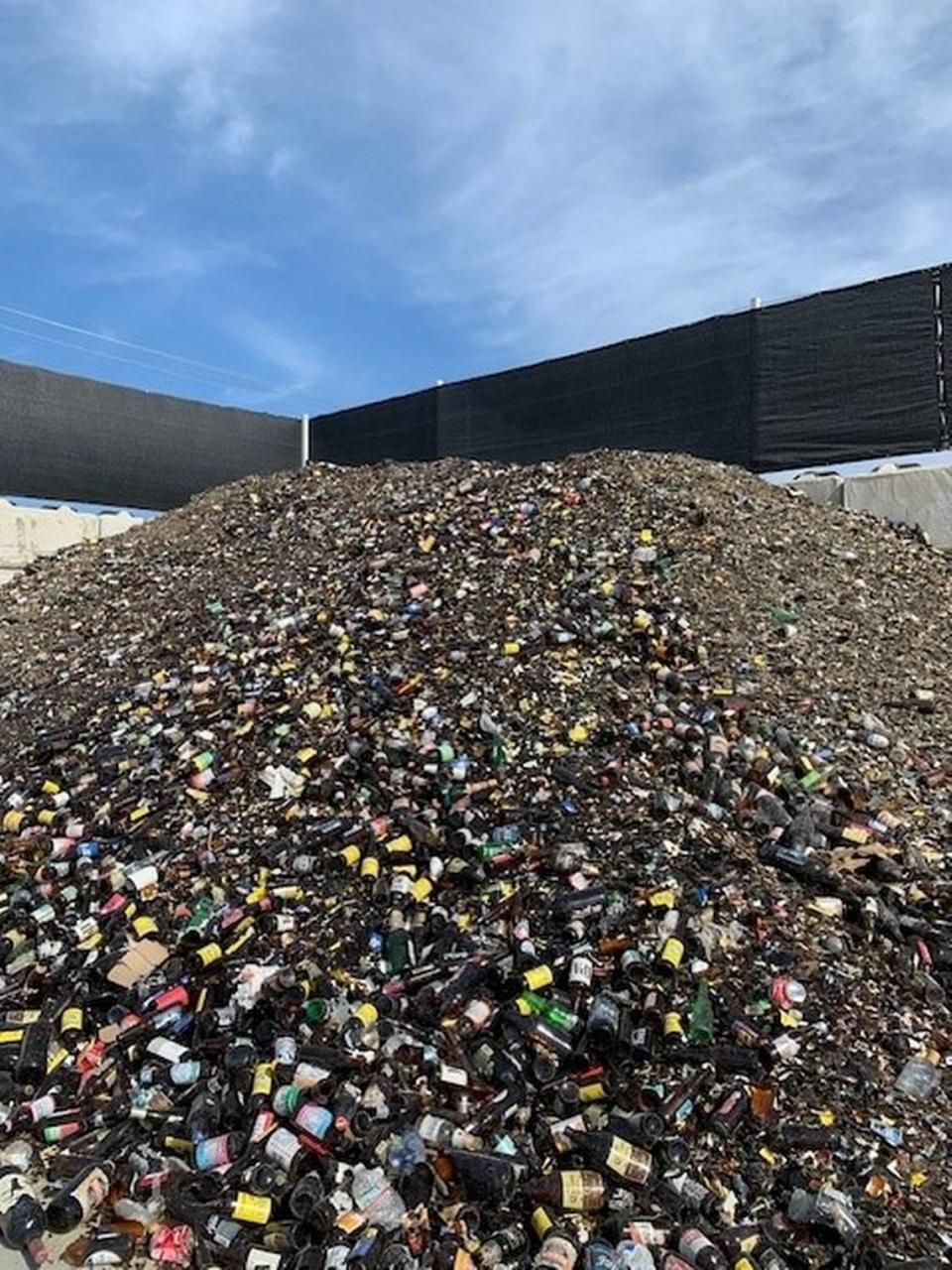Here are 7 ways Gallo Winery of Modesto has lightened its touch on the planet
E.&J. Gallo Winery has released a report on its sustainable practices, such as protecting wildlife near vineyards and recycling bottles and boxes.
The Modesto-based company reports also that it has reduced pesticide spraying, conserved water and generated power from the sun and grape residues.
Additionally, the April 20 report notes Gallo’s efforts toward an ethnically diverse workforce and its support for the LGBTQ+ community.
It is the world’s largest wine producer, employing about 7,000 people. They work in the San Joaquin Valley; in coastal parts of California; in the states of Washington, New York and South Carolina; and in several other nations.
“Through our wines and spirits, Gallo serves joy and connects with people across communities, cultures and continents – from our employees to our consumers and all the partners in between,” Chief Marketing Officer Stephanie Gallo said in a news release. “Every person is unique — just like every vineyard, every grape and every bottle of wine is unique.”

A sampling of the practices:
1. The company sets aside wildlife habitat as it plants new vineyards, a practicing dating to the 1930s founding by the late Ernest and Julio Gallo.
2. One vineyard near Snelling, known as Cowell Ranch, has five miles of the Merced River running through it. This provides a micro-climate that helps grapes develop flavor.
3. The MacMurray Ranch vineyard in Sonoma County is near a creek where salmon are being restored. Gallo has provided some of its irrigation water for the effort. Side note: The late actor Fred MacMurray once owned the land.

4. Gallo vineyards overall have reduced spraying through “integrated pest management.” This includes monitoring the levels of bad bugs and creating habitat for good bugs that prey on them. Owls and falcons do the same at Cowell Ranch.
5. Solar panels generate power at many plants. The one near Livingston also uses energy from grape-crush wastewater.
6. Gallo already diverts plenty of glass from landfills by recycling it into new bottles in Modesto. A new branch, Halo Glass Recycling, will increase the supply from curbside collection and other sources.

7. Gallo opened a new plant in South Carolina last year to bottle, box and can products for the East Coast. It is expected to trim about 3 million miles of truck travel per year.
About a third of employees belong to one or more groups promoting diversity goals. They include ethnic background, disabled people, veterans, LGBTQ+ and more.

